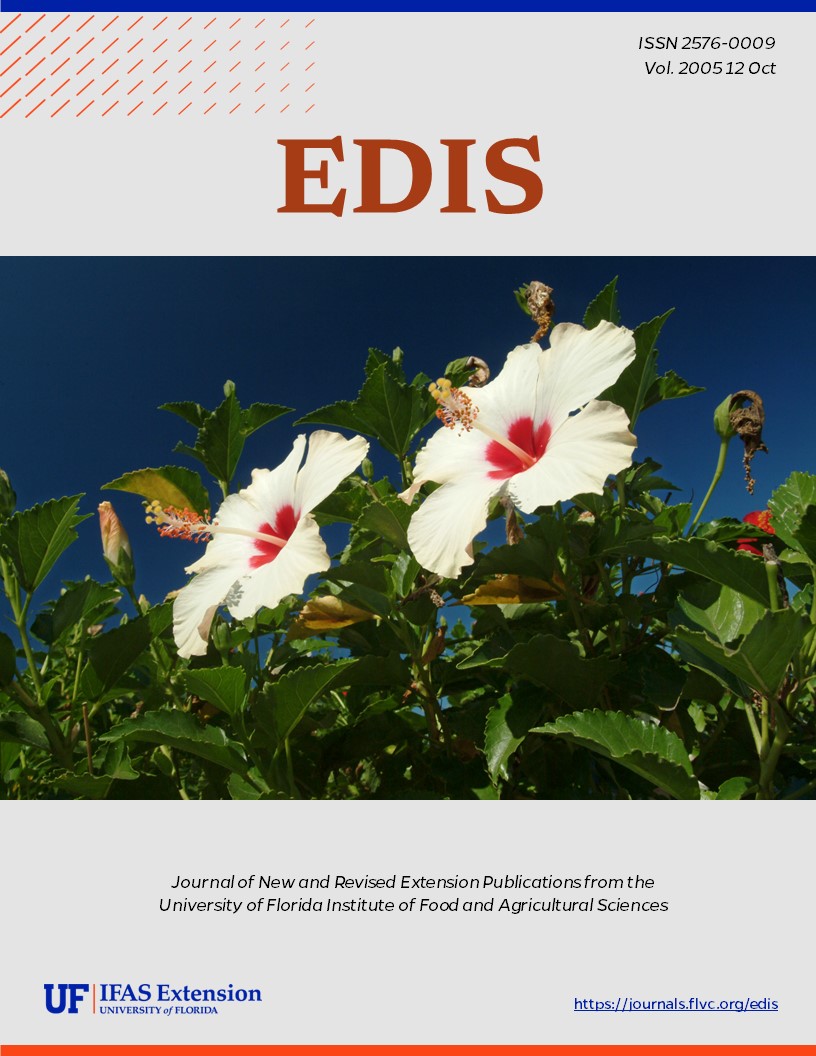Abstract
Sugarcane Yellow Leaf disease was first recognized as Yellow Leaf Syndrome during the 1980s in Hawaii. Later it was reportedly associated with yield losses of 25% or more in the cultivar SP 71-6163 in Brazil. Subsequently the virus sugarcane Yellow Leaf Virus (SCYLV) was discovered to be associated with the disease. Yellow leaf has been found in numerous countries of the world. However, somewhat confusedly, another disease, “leaf yellows”, has been found in other areas. Although it has similar symptoms, it is caused by a phytoplasm rather than a virus. To date, this phytoplasm pathogen has not been identified on sugarcane in Florida. This document is SS-AGR-256, one of a series of the Agronomy Department, Florida Cooperative Extension Service, Institute of Food and Agricultural Sciences, University of Florida. This publication is also a part of the Florida Sugarcane Handbook, an electronic publication of the Agronomy Department. Original publication date: September
2005.

